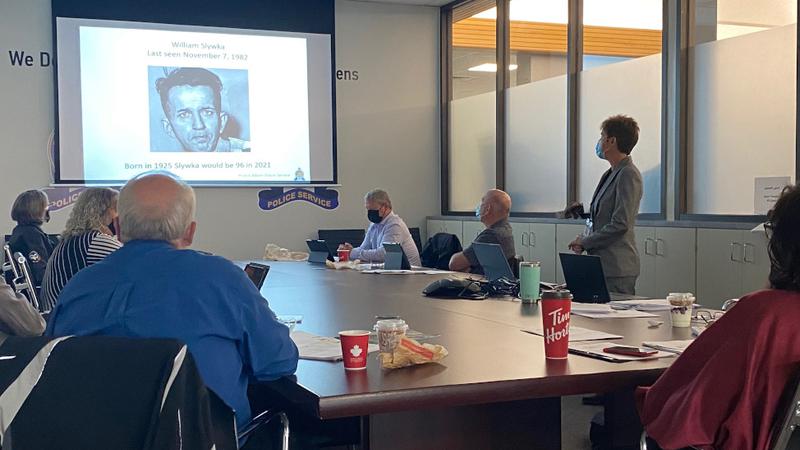
‘It’s like a big open wound’: Prince Albert’s unsolved cases
A detailed look at Prince Albert’s missing persons cases was presented to the Board of Police Commissioners on Thursday.
Sgt. Kathy Edwardsen, the officer assigned to the Historical Missing Persons and Homicide Section of the Prince Albert Police Service, was invited to provide a presentation.
There’s currently nine files associated with missing persons and one unsolved homicide investigation. One of Edwardsen’s responsibilities is speaking with the families who have lost someone.
“It’s like a big open wound that is so difficult to heal, and without answers, it’s almost impossible to heal,” she said. “These families struggle.”



